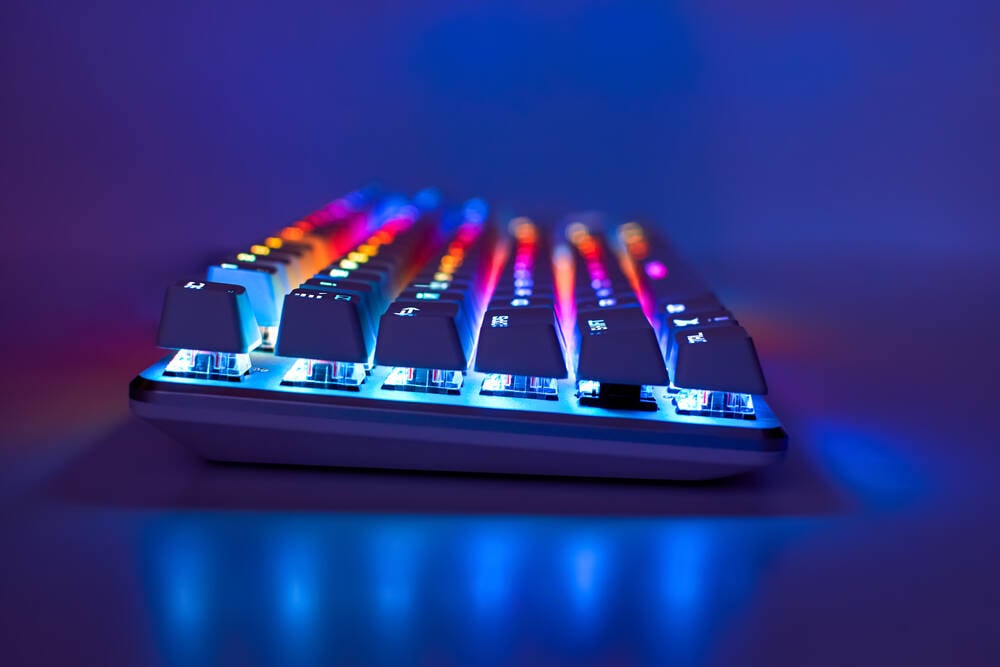Researchers in the UK claim to have translated the sound of laptop keystrokes into their corresponding letters with 95 percent accuracy in some cases.
That 95 percent figure was achieved with nothing but a nearby iPhone. Remote methods are just as dangerous: over Zoom, the accuracy of recorded keystrokes only dropped to 93 percent, while Skype calls were still 91.7 percent accurate.
In other words, this is a side channel attack with considerable accuracy, minimal technical requirements, and a ubiquitous data exfiltration point: Microphones, which are everywhere from our laptops, to our wrists, to the very rooms we work in.



They’ll have modelled the acoustic signals to differentiate between different keys. Individual acoustic waves eminating from pressing a key will have features extracted from them to identify them. Opimal featues are then choose to maximise accuracy, such as features that still work when the signal is captured at different distances or angles. With all these types of singsl processing inference models, you never get 100 percent. The claim of 95 percent is actually very high.